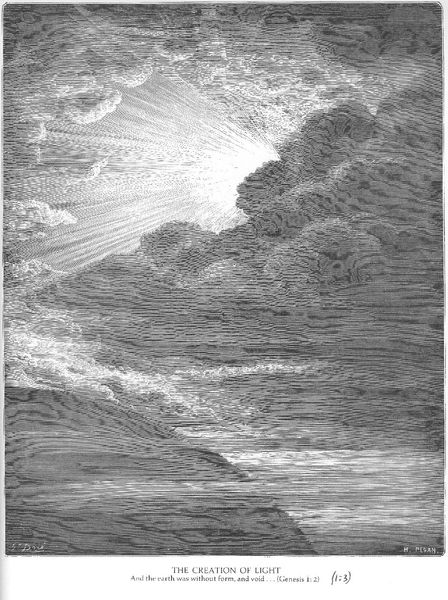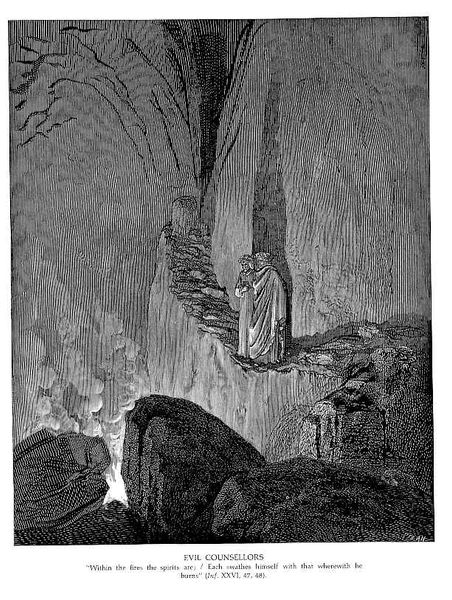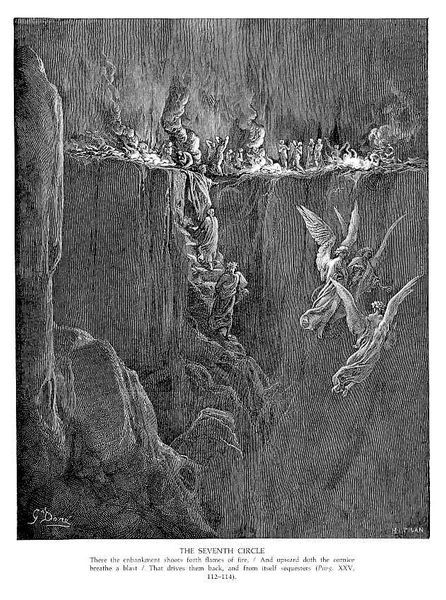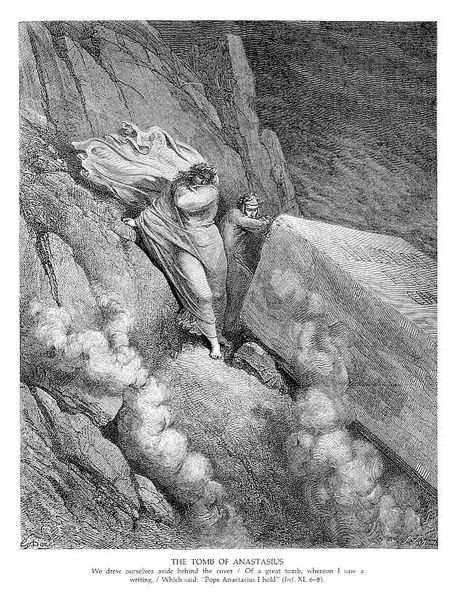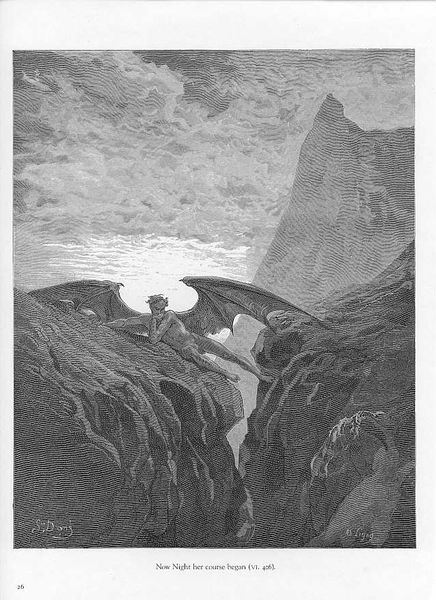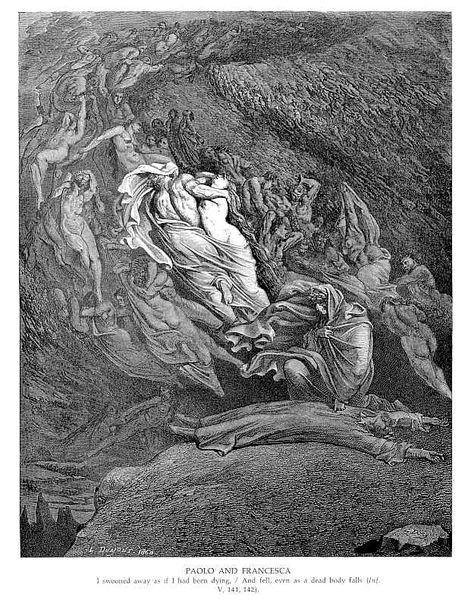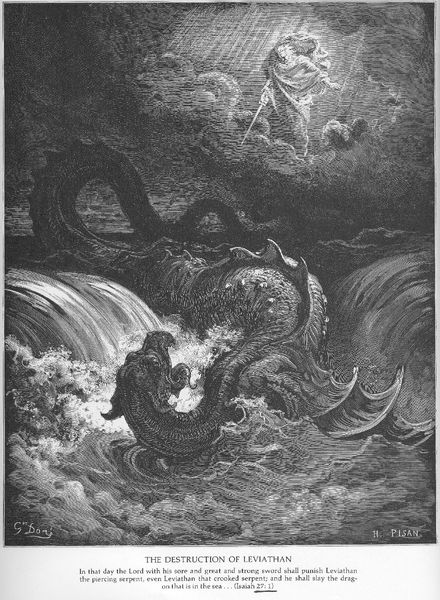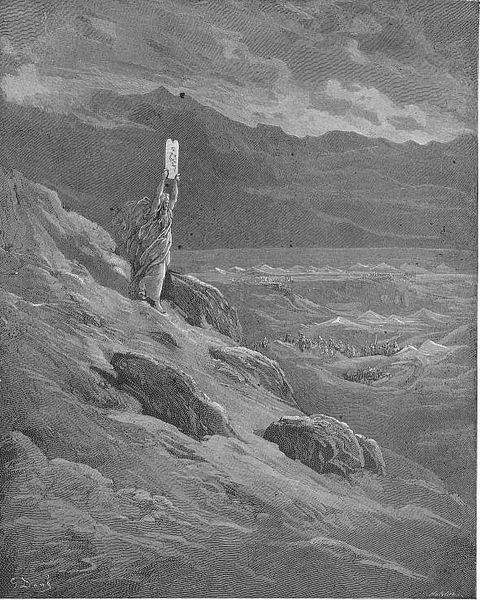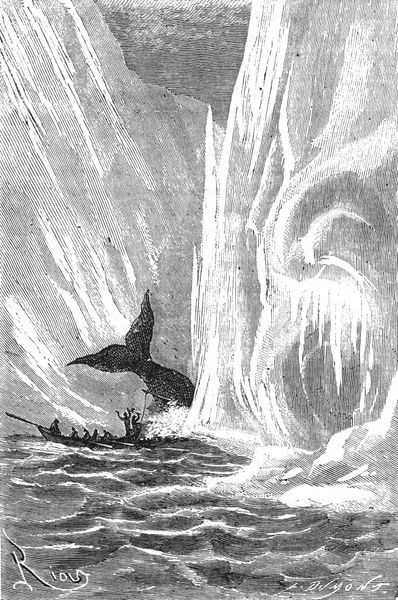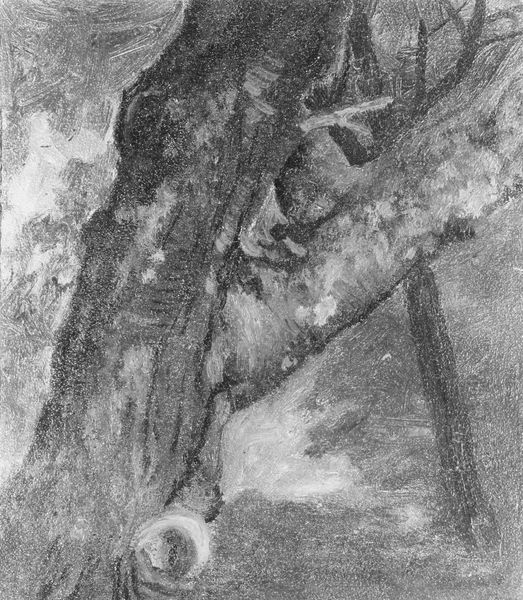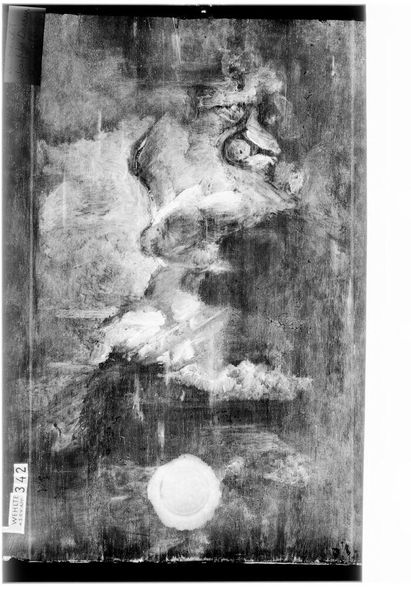
Copyright: Public domain
Editor: So, this is "Waterspirit" by Theodor Kittelsen, created in 1892. It looks like a pen and ink drawing, and it strikes me as intensely melancholic. The lone figure seems completely overwhelmed by the raw power of the water and the imposing rocks. What do you see in this piece? Curator: What I see is the weight of history, both cultural and personal, embedded in this image. Notice how the Waterspirit is rendered – almost a grotesque caricature, yet still vulnerable. This harkens back to older folklore, where spirits of nature weren't necessarily benevolent, but rather forces to be reckoned with. Consider the context: late 19th century, a time of rising industrialization, threatening ancient ways of life. Editor: That’s interesting. I hadn’t considered the industrialization angle. Is the waterspirit a symbol for nature’s resistance? Curator: Possibly, but the melancholic tone suggests something more complex – perhaps a lament for a world that is inevitably changing. The jagged linework, reminiscent of Northern Renaissance prints, also evokes a sense of unease. Look at the swirling water, almost chaotic, contrasting sharply with the relatively solid form of the rocks. Does this opposition suggest anything to you? Editor: I guess the rocks, even though they're being battered by the waves, represent endurance while the waterspirit appears frail, perhaps powerless to the changes you mentioned. Curator: Exactly! The enduring rocks highlight its sense of isolation and vulnerability, amplifying its symbolic role within this image. It reminds us how even seemingly simple drawings can carry so much emotional and cultural weight. Editor: It's fascinating to consider how symbols from folklore and anxieties about industrialization converge in this single image. I'll definitely look at Kittelsen's work differently now. Curator: Indeed. By recognizing these visual cues, we unlock a deeper understanding, revealing the enduring power of symbolic representation in art.
Comments
No comments
Be the first to comment and join the conversation on the ultimate creative platform.
